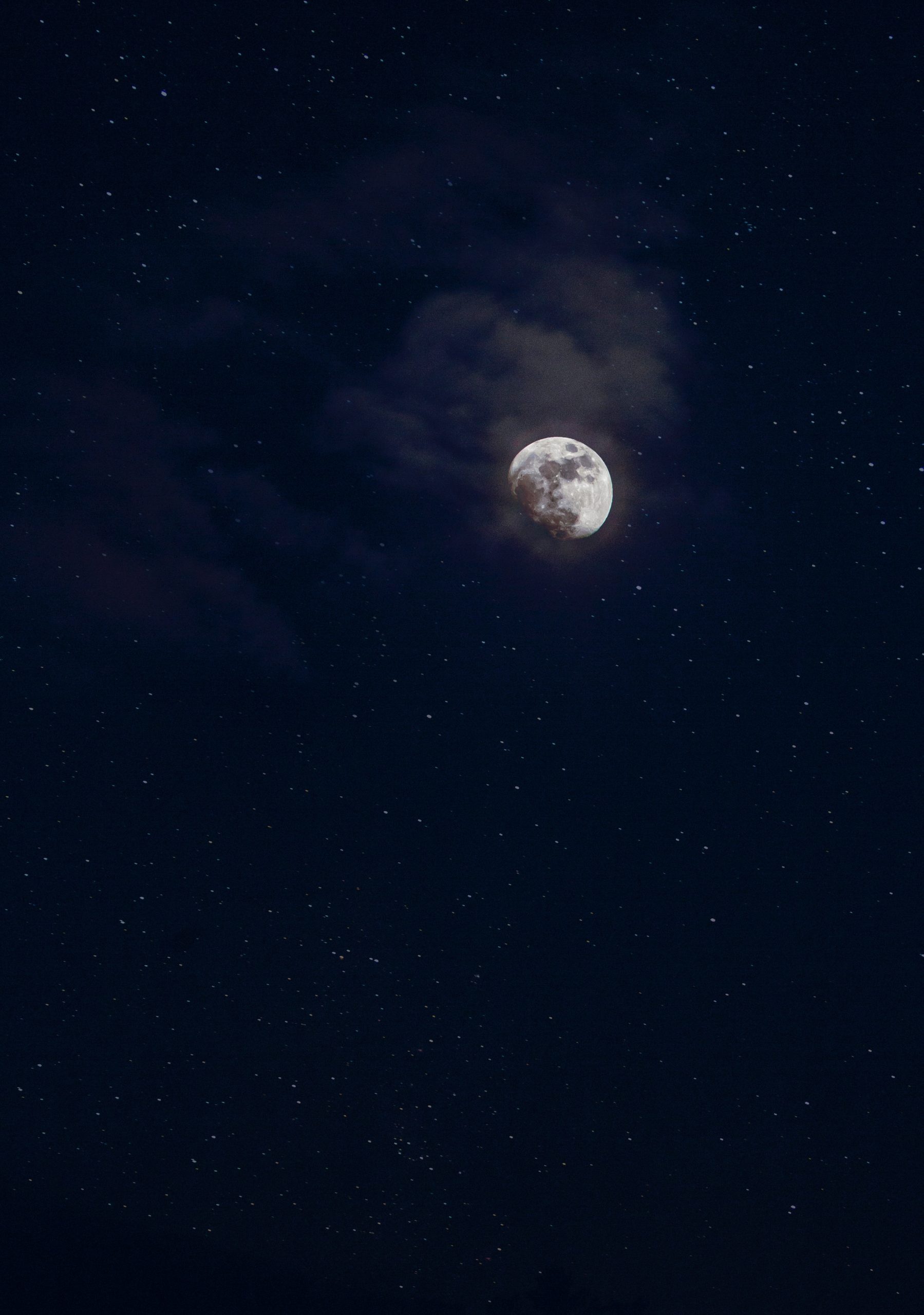The Celtic Tradition of Halloween: A Journey into Ancient Samhain
When Halloween rolls around each year, children and adults alike dress up in costumes, carve pumpkins, and embrace the spooky spirit. It is a time of ghoulish delights and ghostly tales. But have you ever wondered about the origins of this popular holiday? Beyond the playful festivities, Halloween has deep roots in the ancient Celtic tradition of Samhain.
Samhain, pronounced “sow-in,” was one of the most significant celebrations in the Celtic calendar. The Celts, who inhabited Ireland, the United Kingdom, and parts of Europe over 2,000 years ago, viewed Samhain as a time of great importance – marking the end of the harvest season and the beginning of winter.
The Celtic Calendar: Understanding the Seasons
The Celts followed a lunar calendar, which closely aligned with the cycle of the moon. This calendar was divided into two main seasons: the light half and the dark half. The light half began with Beltane, a festival celebrating spring and fertility, while the dark half commenced with Samhain. These two celebrations represented the pivotal moments marking the transitions between the brighter and darker halves of the year.
Samhain, in particular, was celebrated as the Celtic New Year, occurring on the eve of November 1st. It was a time when the veil between the living and the dead was believed to be at its thinnest, allowing communication and interaction with the spirit world.
Samhain: Honoring the Ancestors
During Samhain, the Celts believed that the souls of their departed ancestors returned to visit their homes. They set places at the table for the spirits, lit bonfires to guide them, and left food offerings to appease any restless souls. It was essential to honor and welcome the departed with the utmost respect and hospitality.
The Celts considered Samhain as a time of reflection and introspection. It symbolized the end of the harvest season, with winter approaching and the land going dormant. As part of the festivities, they extinguished the fires in their hearths and relit them from a communal bonfire, emphasizing the unity and shared experiences of the community.
Traditionally, people dressed in animal skins and wore masks or faces painted with natural dyes to ward off wandering spirits. They paraded through their villages, leading the spirits away from their homes. These customs, reminiscent of modern-day Halloween costumes, aimed to protect the living from any malevolent entities that may have followed the spirits back from the other side.
The Influence of Christianity: All Saints’ Day
As with many ancient traditions, Samhain underwent changes when Christianity spread across the Celtic lands. In the 9th century, Pope Gregory IV declared November 1st as All Saints’ Day, or All Hallows’ Day, to honor the Christian saints. The night before, October 31st, became known as All Hallows’ Eve.
Throughout the centuries, elements of the Celtic Samhain and the Christian All Hallows’ Eve blended together, giving rise to the modern Halloween celebrations we know today.
Halloween: An Evolving Tradition
When Irish immigrants brought their customs to North America in the 19th century, they carried with them the traditions of Samhain and All Hallows’ Eve. Over time, these traditions merged with local customs and transformed into the Halloween festivities enjoyed by millions around the world.
In the early days of North American Halloween, communities would come together for celebration and storytelling, much like their Celtic ancestors. Youths would dress up as supernatural beings and perform pranks, while families partook in apple-bobbing and fortune-telling games.
As time went on, Halloween evolved into a more community-centered holiday, with organized parades, haunted houses, and trick-or-treating becoming commonplace. The jack-o’-lantern, a Halloween staple, emerged from the Celtic practice of carving turnips or potatoes and placing them near doorways to ward off spirits. When Irish immigrants arrived in America, they discovered the pumpkin, a more readily available vegetable, and adapted their carving traditions accordingly.
Preserving the Spirit of Samhain
While the modern Halloween focuses on fun and festivities, it is essential to appreciate the ancient traditions that birthed this holiday. Samhain reminds us of the cyclical nature of life, the importance of connecting with our ancestors, and the acknowledgement of the otherworldly.
If you desire a richer Halloween experience, consider incorporating some Celtic-inspired customs into your celebrations. Light a bonfire in tribute to the fires that united the Celtic communities, leave an offering to honor departed loved ones, or even set an empty place at your dinner table for the spirits of the ancestors.
Halloween is not merely about costumes and candy but serves as a bridge between our past and present. By delving into the Celtic tradition of Samhain, we can embrace the true spirit of this ancient holiday and create meaningful connections with our own roots.
References:
- https://www.history.com/topics/halloween/samhain
- https://www.britannica.com/topic/Samhain-Celtic-festival
- https://www.irishcentral.com/culture/food-drink/samhain-halloween-ancient-irish-festival
Table of Contents
